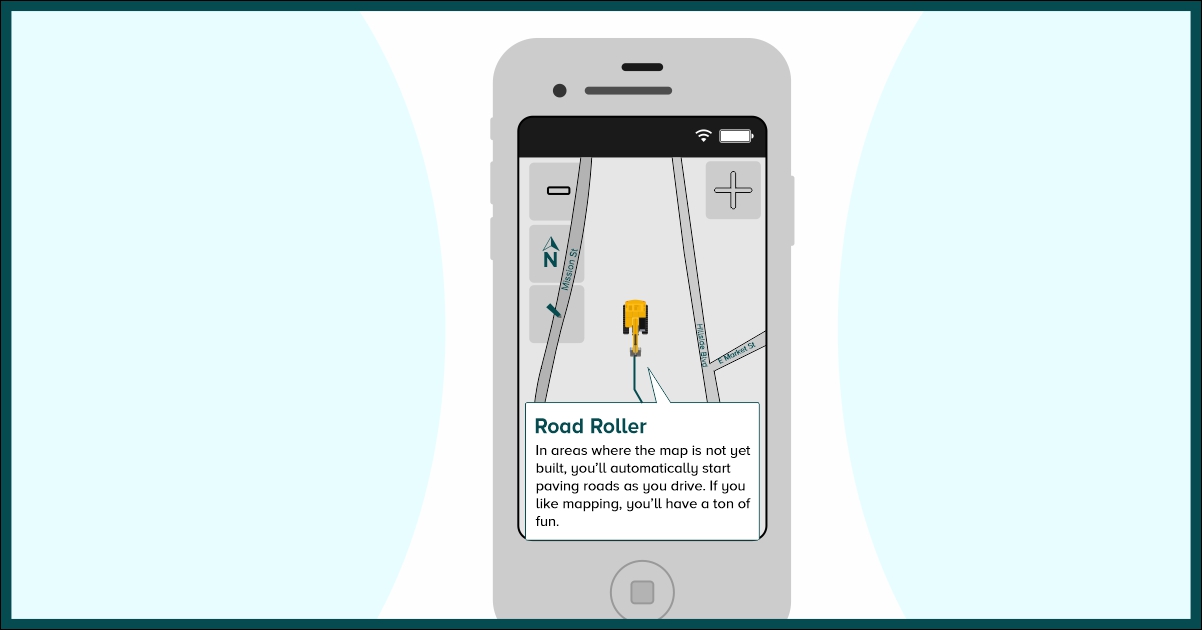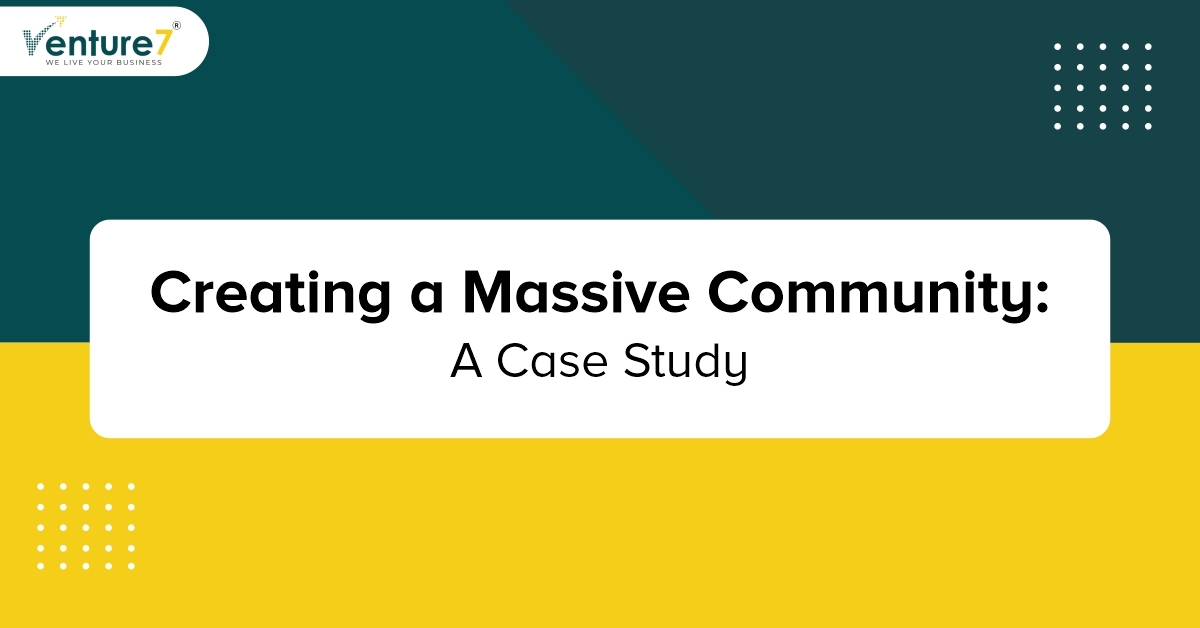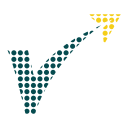Today, we will show you how to create communities. We also back our teaching with real-life case studies. We will explain how a startup utilized the power of community to compete against major players such as Apple and Google. Furthermore, we have also walked you through their journey of entering a category that typically required significant capital for product creation, but instead, they managed to achieve success with a lean team and limited capital.
Let’s dive in.
Maps are expensive products.
What is the effort required to map a single street?
Mapping a Street is a time-intensive endeavour.
To create an accurate street map, you must drive along it with GPS tracking to record the precise coordinates. Then, the laborious process of labelling begins, including adding details like:
Street name
City, state, and country information
Intersections with other streets
Lane count and merges
Stop signs and traffic lights
Speed limits
But that’s just the foundational map. We haven’t even touched upon adding addresses, parking lots, bridges, toll booths, and other points of interest that drivers rely on. Now, imagine doing this on a national or even global scale. It would entail hiring thousands of drivers, acquiring numerous vehicles, investing thousands of person-hours, and covering countless gas tanks, all before offering any real value to your users.
What strategy did Waze have in mind?
Crowdsourced maps.
Their thesis was that they could get enough people to volunteer to “pave” the roads of their map by driving around throughout their normal days and letting Waze track them via the GPS chip in their smartphone.
What crucial intrinsic motivation did the Waze team find that they assumed would be great to create a community?
Super short answer: Epic Meaning in Life.
Let’s have a long explanation.
One of the fundamental principles of building a community is that the member should feel they are doing something greater than themselves. They should experience an epic, meaningful life.
We are familiar with the fact that people don’t contribute to Wikipedia to make money. They don’t even do it to pad their resumes. People contribute to Wikipedia because they believe they protect humanity’s knowledge- something bigger than themselves.
The team at Waze believed that mapping the country would give people a sense of purpose and a feeling of contributing to something greater than themselves.
They assumed that contributors would feel like they were part of a secret, elite team fighting against the evils of traffic.
What kind of effort was expected from Volunteers?
Let us rather quote what Noam Bardin, former CEO of Waze, said:
“If you were the first user in a country and you installed Waze, the map would be empty. A blank canvas. You’d start driving and your icon would turn into this road roller and you’d start paving a road that you’d see being created behind you. And that was the first road in that country. As you drove, more and more of these roads began connecting.
Then you’d need to go online to our editor – a web-based application – from your desktop or laptop, not from your phone. And you’d need to begin giving a name to the road and you’d need to play with the geometries a bit because the GPS reading wasn’t accurate.
And you’d connect two roads together as an intersection.
Do you have a right turn or not, was it one way or two-way, what city was this road a part of etc. So there was a lot of meta-data you’d have to add in. To do this, we needed a relatively small number of highly engaged users that would do it with us and then they’d build out this grid.”
This was just the base map? If you think about a navigation app, you’ll realize that more data needs to be gathered once the roads are marked.
Data such as traffic patterns, how long it takes to drive a particular segment of road and speed fluctuations due to terrain. That data could only be accumulated over time with hundreds, if not thousands, of people, driving the same routes every day, building up layer upon layer of historical data and insights.

How to build a community? Generally, what percentage of people are motivated to contribute to the community without external incentives? How can we attract more active and engaged members to the community?
Active contributors are those who are intrinsically motivated towards the community’s cause. Then we have members who are less active but not disengaged. These members are those who can be motivated extrinsically.
In communities, there is a concept called ” Participation Inequality”.
It can be understood as :
1
9
90
1% of the users are active contributors. They produce the lion’s share of the content and drive the community’s life and engagement.
Then another 9% of users occasionally contribute, posting, commenting, and liking. These people at Waze drove with an incomplete map but were so enthusiastic about the mission that they didn’t mind using a buggy map that might occasionally lead them down a dead end.
90% of the users are only there for the memes and don’t actively contribute to anything.
What Strategy did Waze take to create the maps?
The intrinsic motivation will drive the 1% of users to “pave” a blank map and then inspire the 9% to contribute further.
The amount of work needed from the 9% the company needed to inspire them emerged. These users want to give feedback but don’t want to work without acknowledgement. A badge next to the name that denotes them as an OG user could go a long way.
How did Waze handle the conflict between the 1% and the 9% group?
In the need to appreciate 9%, Waze couldn’t lose the dedication of 1%.
Waze thoughtfully created a reward and ranking system in the community. Intrinsically motivated people don’t want rewards. They want ranks. Ranks give them a sense of ownership. When people feel ownership over something, they innately want to increase and improve what they own. They decided on roles like country manager, Area manager, and State manager.
They created a community structure.
It is very detailed. Let me share their original slide deck, which explains things in detail.
In the year 2013, Google acquired Waze for $1.3B. But the Waze community is still active, and their map is still alive. You can access it here.





